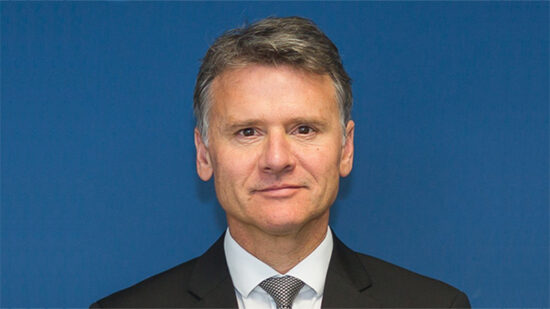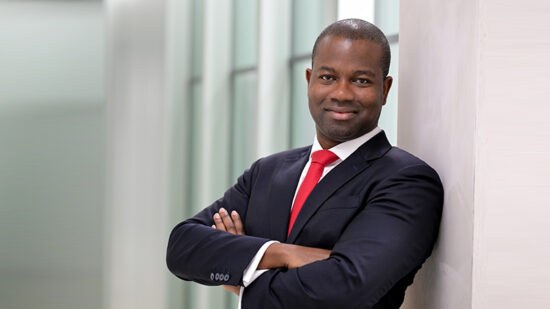Financial advice technology has come on leaps and bounds over the last decade – giving firms more chance to bolster their business.
Aside from giving advisers time with current clients, technology can help the regulatory burden on the back office to allow firms to take on new clients.
But can businesses take on more clients and fall in line with the value pillar of the Financial Conduct Authority’s Consumer Duty?
International Adviser attended Dynamic Planner’s The Power of Now conference on 7 February – where next gen and taking on clients was debated during a CEO panel.
Andy Thompson, chief executive of consolidator Solomon Capital Holdings, said during the conference: “We know fundamentally there are a lot more consumers out there who want benefit in being your client.
“The reality is, despite the misnomer that advisers don’t want to take on new clients because they are on the golf course, advisers don’t take on new clients because it’s just too damn hard. There’s too much to do. There’s too much paperwork.
“I think there’s such an opportunity of tech doing the heavy lifting. We all want to see it. But we all need to see it because, fundamentally, we won’t meet the demands of Consumer Duty without that technology. You’re simply not, at scale in the UK, going to deliver what is required.”
Next Gen outreach
But despite the difficulties of taking on new clients, advice firms need to look towards the future – otherwise their businesses may be in trouble.
John Cowan, Sesame Bankhall Group interim chief executive, added: “The typical adviser looks after the 124 clients. So why is it not 524? But how do you do that? Why should you do it? Why should you be bothered to do it?
“People talk about the transfer of wealth between the generations. But it seems to me, most advisers look after a certain quantity of the population, which has money.
“But they also have children. So, they could expand their business model by saying I can reach out to that next generation. The sons and the daughters of clients have assets and can be brought in as a new client. That’s what they ought to be doing. There’s some that are doing it, but not many.
“For those people who are going to stay in the industry and build businesses, the people need to reach out to the next generation because if they don’t do that – they have essentially got a dying book of business. If next gen clients don’t go to an adviser – they will end up in crypto.”
‘They cost too much’ is usually the cry of the adviser. But technology is looking to help firms reduce those costs.
Solomon Capital Holdings’ Thompson added: “If we bring technology in play, that does reduce the costs of delivering advice. Then you can bring more people into that net and serve more than 124 clients.
“Realistically, we know that the US is more advanced in the technology than we are in the market. They’re serving an average of 300/400 clients. We have to see what that world will look like and the opportunity that opens up. But it is exciting.
“Most of the people in the room started selling products to young people on commission. Are a lot of those young people cursing you today for that commission product you sold them? Of course not. They are very happy clients of yours today. We’re not going back to that, but we do need to get back to those types of clients and find a way of supporting them through their journey.”
Acquiring next gen clients
There are ways to obtain next gen clients and make them see the value and the importance in advice, as well as potentially lowering the costs of them as clients.
Dynamic Planner chief executive Ben Goss added that during his time in the US last year, he found there are a few firms looking at subscription-based advice models.
“I met some of the leading planning practices out there building quite big subscription businesses amongst younger people,” he said. “There are different models. You have to get the economics to work and that’s absolutely the challenge. If you’re going to take money on a subscription basis, then you have to figure out how much effort can go into that work. There are models that are emerging.”
Looking at the next gen problem another way, Quilter Financial Planning chief executive Stephen Gazard said his business is utilising its graduates to engage with next gen clients.
“There’s a level of sophistication that wasn’t there 20/30 years ago, but don’t overestimate it.
“Can we realistically afford to jump in cars to go and see clients face to face? Not always, but we can put together some compelling videos and documentation. I think the videos is where we’ve seen success.
“They actually explain to the next generation that they can watch YouTube on how and why they should invest in a regulated product versus crypto. That, together with the technology part of it, means we can spend less time on paperwork and documentation to get to that next gen client.”








